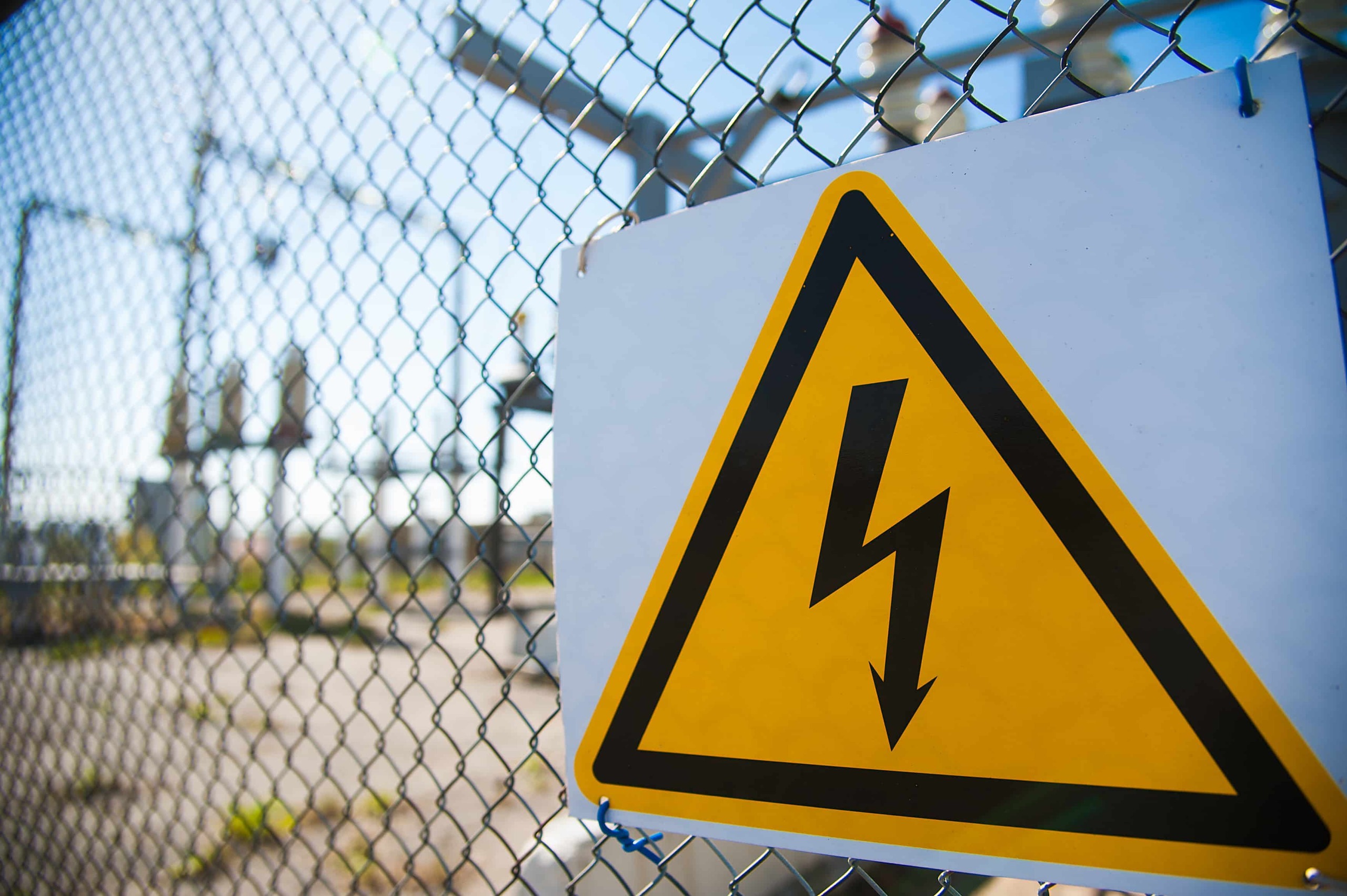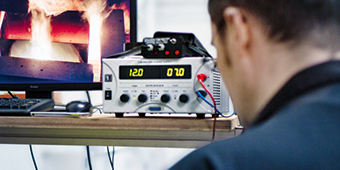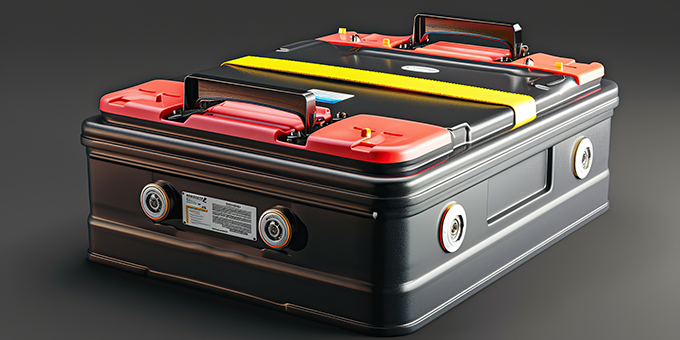Hazard-Based Safety Engineering in Focus: EN/IEC 62368-1 Overview

Table of content
EN/IEC 62368-1: EN/IEC 62368-1: Safety Requirements for Audio, Video, Information, and Communication Technology
The EN/IEC 62368-1 is an international safety standard that sets requirements for the safety of electrical and electronic devices in the field of audio, video, information, and communication technology. It was developed to ensure product safety and minimize risks for users and the environment. Since December 20, 2020, it has replaced the previous standards IEC 60950-1 and IEC 60065.
New Safety Approach: Hazard-Based Safety Engineering (HBSE)
In contrast to the previous standards, EN/IEC 62368-1 is based on a risk-based approach, known as Hazard-Based Safety Engineering (HBSE). This approach focuses on the identification and assessment of hazards that can arise from various energy sources in devices. The goal is to define appropriate protective measures to prevent injuries, damage, or hazards to users and the environment.
Scope of EN/IEC 62368-1
The standard applies to a wide range of devices, including:
- Audio/Video equipment
- Computers and peripherals
- Telecommunications devices
- External power supplies
- Office equipment such as copiers and shredders
- Displays and display units
- Other information and communication technology devices
Exclusions from the standard:
- Medical devices (regulated by IEC 60601-1)
- Household appliances (regulated by IEC 60335-1)
- Industrial machine controls (regulated by IEC 60204-
- Measurement and laboratory devices (regulated by IEC 61010-1)
- Products with a nominal voltage above 600 V
It is important to note that EN/IEC 62368-1 solely addresses safety requirements and does not make statements about the functional characteristics or performance of devices.
Hazards and Protective Measures
EN/IEC 62368-1 identifies five main energy sources that can pose potential hazards:
- Electrical Energy
High voltages, electrical shocks, and short circuits - Thermal Energy
Excessive temperatures can lead to burns and/or electrical ignition, spreading a fire - Mechanical Energy
Moving parts that can cause injuries - Chemical Energy
Hazardous substances or fumes - Radiation Energy
Ionizing and non-ionizing radiation
For each of these energy sources, the standard defines three classes:
- Class 1: Not painful, but may be noticeable; ignition of flammable materials is unlikely
- Class 2: Painful, no injury; ignition of flammable materials is possible, but growth and spread of fire is limited
- Class 3: Injuries and ignition of flammable materials are likely, with rapid fire growth and spread
Users must not be exposed to energy sources in Class 2 and 3.
To prevent injury or damage from these hazards, protective measures are implemented.
These measures can be mechanical, electrical, or thermal in nature and must be considered in the design and construction of the device.


Testing Requirements According to EN/IEC 62368-1
The standard outlines specific testing methods to ensure the safety of devices. These include, among others:
- Insulation tests
Verification of electrical insulation to prevent short circuits or electric shocks - Thermal tests
Measurement of surface temperatures to prevent overheating and fire hazards - Mechanical tests
Testing for stability and resistance to mechanical stress.
The latest edition of the standard (2025-01) includes updated requirements, such as a new table with requirements for external circuits and revised specifications for liquid-filled components.
Importance for Manufacturers and Suppliers
For manufacturers, distributors, and system integrators in the fields of information, communication, and audio/video technology, compliance with EN/IEC 62368-1 is not only a legal requirement but also an essential part of product safety and market access. For the European market, compliance with this standard is mandatory, as it is crucial for CE marking. A comprehensive and compliant assessment is therefore indispensable to avoid regulatory risks and ensure marketability.
As an independent and accredited testing laboratory, cetecom advanced offers comprehensive services for testing and evaluating your products in accordance with EN/IEC 62368-1. We support you throughout the entire development process—from the early concept phase to technical pre-tests and complete conformity assessments. Our multidisciplinary team has in-depth expertise in electrical safety, EMC, thermal testing, as well as mechanical and functional safety.
With nearly 30 years of experience and close collaboration with authorities and certification bodies, we not only assist you with compliant testing but also with targeted preparation for international markets. We see ourselves as a partner who develops practical solutions with you—especially for complex or cross-border projects.


Our services in the field of EN/IEC 62368-1 include, but are not limited to:
- Full safety tests according to EN/IEC 62368-1
- Technical pre-testing and development support
- Information on the application of Hazard-Based Safety Engineering (HBSE)
- Support with documentation and technical declarations of conformity
- International approval support (e.g., CB Scheme, NRTL, CE, UKCA)
Conclusion
EN/IEC 62368-1 represents an evolution of earlier safety standards and is specifically aligned with the requirements of modern device architecture. With its risk-based approach based on Hazard-Based Safety Engineering (HBSE), it provides manufacturers with a systematic framework to identify hazards and implement appropriate protective measures.
For manufacturers and developers, this means new requirements for product design, documentation, and testing processes. Integrating the standard early in the development cycle minimizes the risk of costly revisions and speeds up market access. We recommend that all manufacturers review and, if necessary, adjust their products in accordance with the latest standard.
cetecom advanced supports you as an accredited testing laboratory with many years of experience in implementing all safety-related requirements in compliance with the standard. From the early development stage to complete conformity assessment and international approval—we are your competent partner by your side.
Please feel free to contact us—we will reliably accompany you on the path to a compliant and marketable solution: mail@cetecomadvanced.com






